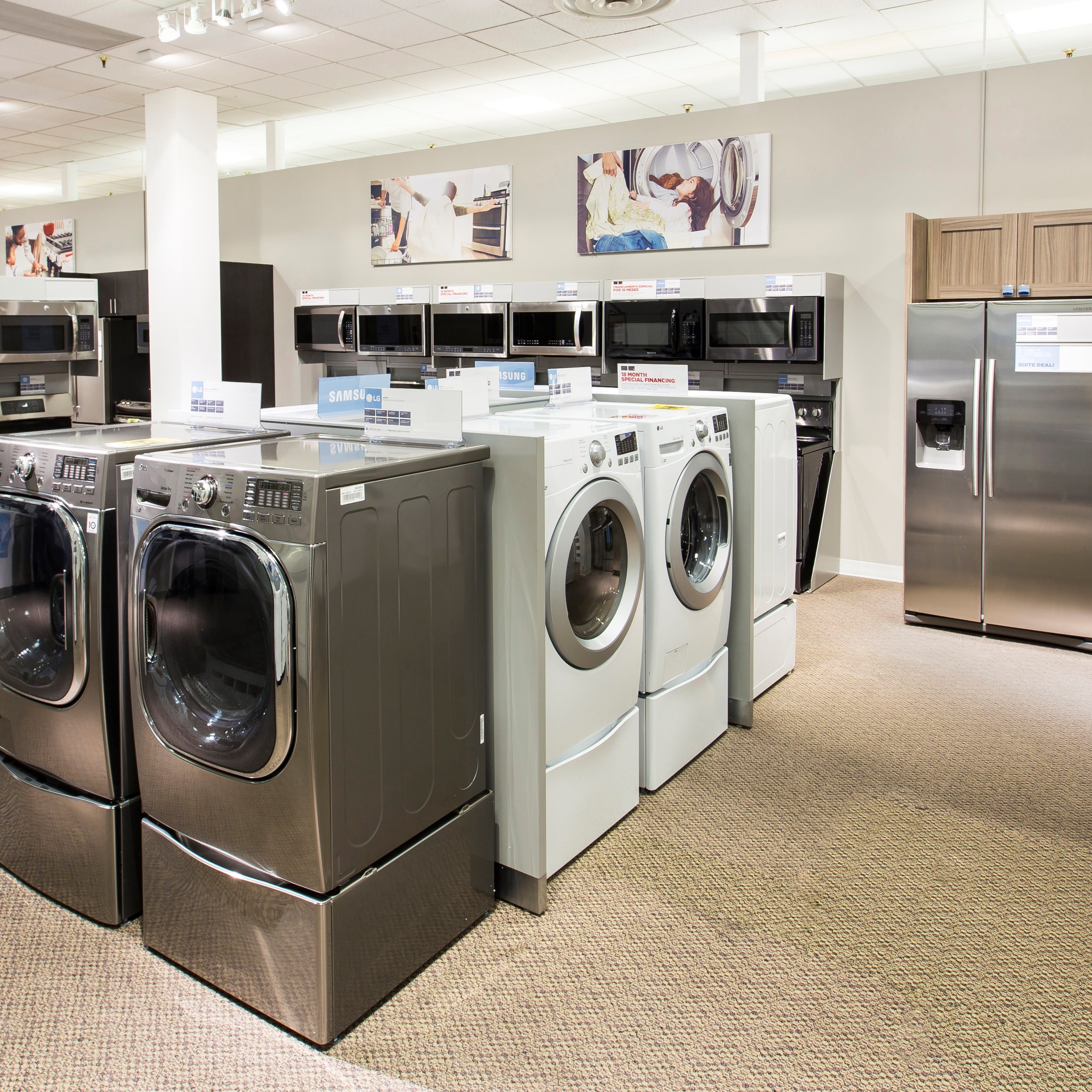
Many of the economic reports are turning out to be disappointing or just unenthusiastic in April and in catch-up reports for March. You can add the report measuring durable goods for the month of March to that list.
The durable goods measurement of new orders rose a mere 0.8% for the month of March on a headline basis. Bloomberg had its Econoday consensus estimate all the way up at 1.6% for March, and Dow Jones (via the Wall Street Journal) was looking for a 1.7% reading on the consensus estimate.
Where things get worse is that the new orders for February was revised to −3.1% from a −2.8% preliminary reading.
Things went from decent to worse on the year-over-year changes, with the headline being −2.5% in March 2016 versus March 2015. February’s new orders on an annualized basis were revised to a slightly lower gain of 1.6% from the 1.8% preliminary reading.
Additional data also trended lower. Durable goods excluding transportation was −0.2% rather than the 0.5% consensus estimate from Bloomberg. If you compare that to a year ago, the March 2016 ex-transportation was down at −1.4%.
Then there is the so-called core durables reading of capital goods. This was only flat at 0.0% in March versus February, and the March 2016 core capital goods reading was down at −2.4% versus March 2015.
March’s durable goods reading would have been worse had it not been for defense sector orders. A negative was a drop to −3.0% for vehicle orders, which could spell trouble for the outlook for car-makers after years of recovery. The core capital goods orders also look rather “blah,” with shipments up only 0.3%.
Shipments were down overall by 0.5% in March, and the reading of unfilled orders was −0.1%. The closely followed inventory-to-shipments ratio was unchanged at 1.66 in March.
Maybe it is just too soon to get any real follow-through in durable goods. There has been a lower dollar rather than a higher one, and higher oil prices have yet to see a spillover into the factory sector.
The last consideration that economic watchers need to keep in mind is that durable goods is the most volatile of all big economic reports. Still, it can influence how GDP revisions are made.
In 20 Years, I Haven’t Seen A Cash Back Card This Good
After two decades of reviewing financial products I haven’t seen anything like this. Credit card companies are at war, handing out free rewards and benefits to win the best customers.
A good cash back card can be worth thousands of dollars a year in free money, not to mention other perks like travel, insurance, and access to fancy lounges.
Our top pick today pays up to 5% cash back, a $200 bonus on top, and $0 annual fee. Click here to apply before they stop offering rewards this generous.
Flywheel Publishing has partnered with CardRatings for our coverage of credit card products. Flywheel Publishing and CardRatings may receive a commission from card issuers.
Thank you for reading! Have some feedback for us?
Contact the 24/7 Wall St. editorial team.


